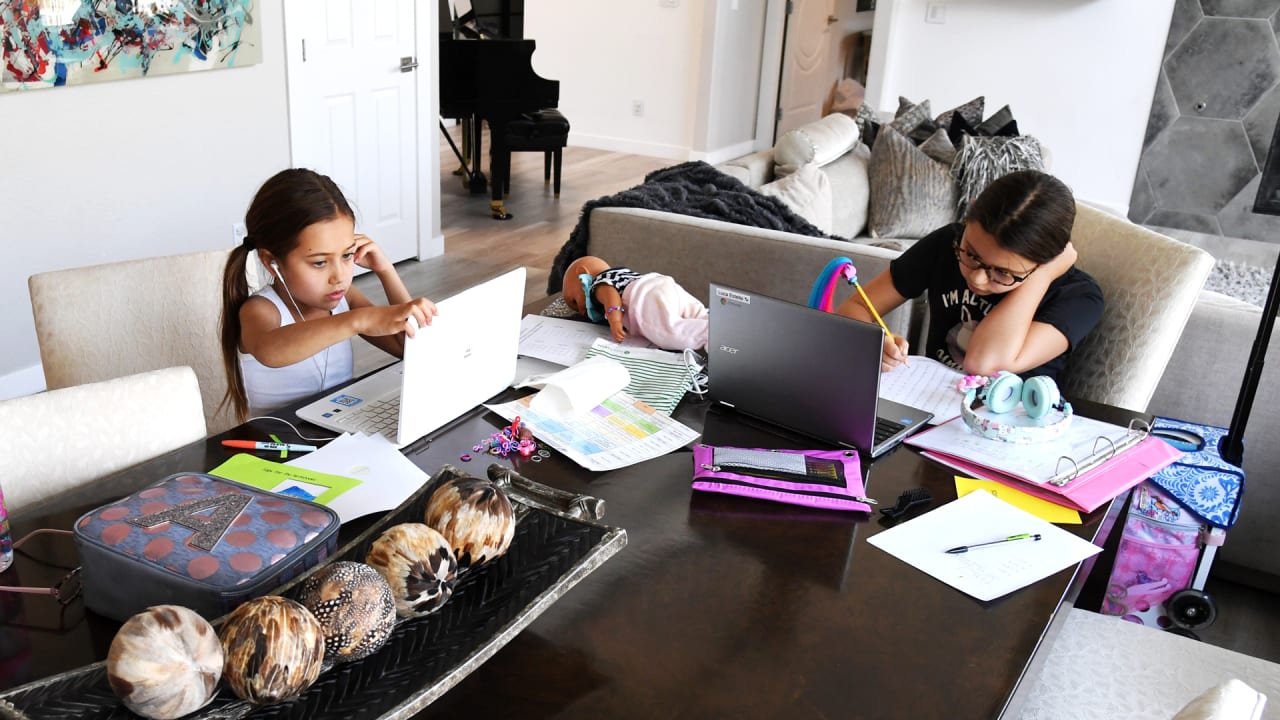It’s only taken a year since the onset of the pandemic, but serious help is finally coming for students and their parents who haven’t had reliable internet bandwidth for distance learning. First, a bill passed in the dying days of the Trump administration will bring $50 discounts on internet access for lower-income households. Second, the Biden administration’s first major bill will let schools and libraries share connectivity beyond their own premises. Combined, they could make a sizable dent in a problem that educational advocates identified as the “homework gap” years before the coronavirus pandemic aimed a harsh spotlight at it. “The homework gap exists in rural America, urban America, and everywhere in between,” said the Federal Communications Commission’s Jessica Rosenworcel in April 2019 , almost two years before President Biden elevated her from FCC commissioner to acting FCC chair. The first phase of help arrived with the Consolidated Appropriations Act that President Trump signed on December 27. That mammoth spending bill allocated $3.2 billion for an Emergency Broadband Benefit that will bring $50 monthly discounts ($75 on tribal lands) for internet access to cash-strapped Americans. This benefit and a one-time $100 reimbursement for computer purchases will be open to far more people than the FCC’s existing Lifeline subsidies . Beneficiaries will include parents of children eligible for free or discounted school lunches, workers whose incomes plunged since last February, Pell Grant college-aid recipients, and people who already qualify for internet providers’ low-income options. The second phase arrived with the American Rescue Plan Act that Biden signed Thursday. That sets up an Emergency Connectivity Fund of $7.171 billion to pay for schools and libraries to expand their existing connectivity beyond their own properties so that nearby students, staff, and patrons can connect wirelessly. The need is there Both of these measures promise to get millions of Americans online, although the number of millions isn’t clear yet. “The agency hasn’t published any estimates on how many households could benefit,” said Paloma Perez, press secretary for Rosenworcel, in an email. Demand clearly exists. A Morning Consult poll conducted in early March found that 16% of white adults making less than $50,000 annually had missed paying an internet-service provider bill in the last year—and that the figure among Black, Latino, and other nonwhite adults was 27%. Both programs also face big challenges, judging from such earlier broadband subsidies as Lifeline —which as of January had sign-ups only from an estimated 26% of eligible households nationwide . “More people have not used Lifeline because they don’t know about it,” says Nicol Turner-Lee, director of the Center for Technology Innovation at the Brookings Institution , a centrist policy institute in Washington

Read the original post:
Two new bills could put a dent in technology’s ‘homework gap’